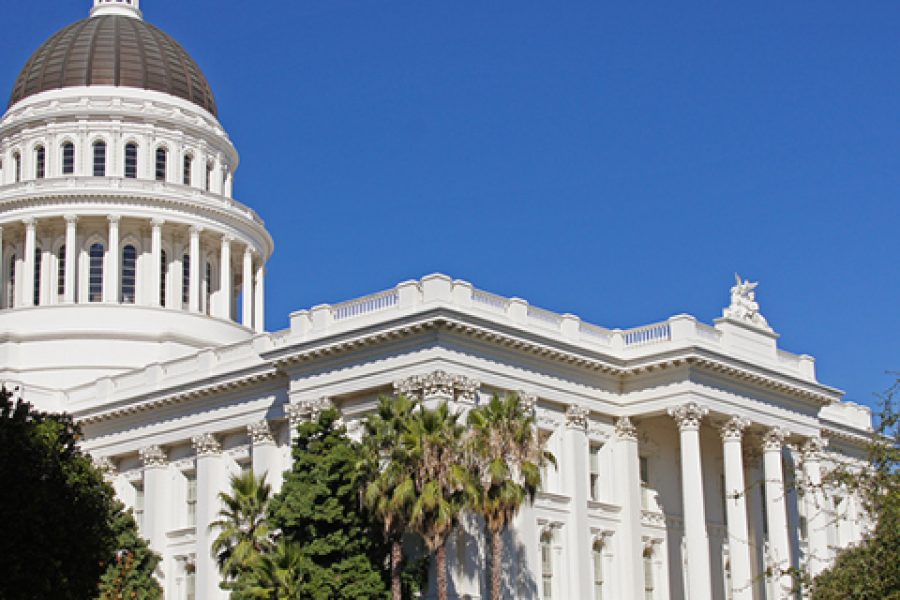Caltrans last week released a draft of its 2021 “State Highway System Maintenance Plan,” which is a biannual report estimating the state’s highway repair needs, available funding, and strategies for keeping the state’s roadways running efficiently over the next decade.
The Sacramento Bee’s headline on the report’s release says it all: “California raised fuel taxes 4 years ago, and it’s still short on money for road repairs.”
The report spells out that there exists “a $6.1 billion annual shortfall that imposes a constraint requiring transportation objectives to be prioritized.”
So, why is the state still facing a significant funding shortfall for road repair and upgrade projects, despite the $5.1 billion annual tax increase the Legislature adopted in SB 1 in 2017?
Some of the problem rests with a huge backlog of road and highway repair costs, the result of decades of lawmakers siphoning off funding for critical projects as it dealt with massive deficits and funded other, lesser priorities. At the time of SB 1’s passage in 2017, the Assembly’s Floor Analysis noted a $59 billion backlog in deferred road maintenance and repair, while local roads faced a $7.3 billion annual maintenance shortfall.
Thumbing through the latest Caltrans report and you’ll see another key reason – state leaders prioritizing so-galled green projects for transportation dollars much more than road congestion relief.
As Kerry Jackson wrote last year in the Fresno Bee, “Gov. Gavin Newsom issued executive order N-19-19, which obligates the state transportation agency to leverage the more than $5 billion in annual state transportation spending for construction, operations and maintenance to help reverse the trend of increased fuel consumption and reduce greenhouse gas emissions associated with the transportation sector.”
“Newsom is essentially bumping Californians out of their cars and into other modes of transportation, as well as funding alternatives that include transit, walking, biking, and other active modes,” he wrote.
The new report bears out Jackson’s contention, noting that while Caltrans is committed to a “fix it first” approach for road and bridge repairs mandated by SB 1, it is also “simultaneously increasing our investment in bicycle and pedestrian transportation modes to help achieve climate goals and provide more equity in transportation system access.”
Caltrans director Toks Omishakin told the Sacramento Bee that California hopes to get more money from the Biden administration from his $2.3 billion national infrastructure bill to reduce this funding deficit. The director said he hopes an infusion of federal cash will help the state “mitigate climate change by championing electric vehicles and making substantial investments in transit, (and) address racism and issues of equity,” in addition to road repair and job creation.
Writing previously, Jackson argued that “Sacramento could, however, cut automobile emissions, and not just GHGs but also real tailpipe pollutants, by adding new lanes with SB 1 revenues.”
“Idling in heavy congestion is not eco-friendly. Freeing traffic would actually have an impact similar to taking cars off the road,” he writes. Remember that there’s virtually no money for expanding existing roads and building new ones in the SB 1 tax increase.
The new Caltrans reports is just another reminder that building new roads, highways, and bridges and expanding the capacity of California’s current transportation infrastructure is not the priority it should be in Sacramento.
Tim Anaya is the Pacific Research Institute’s senior director of communications and the Sacramento office.


